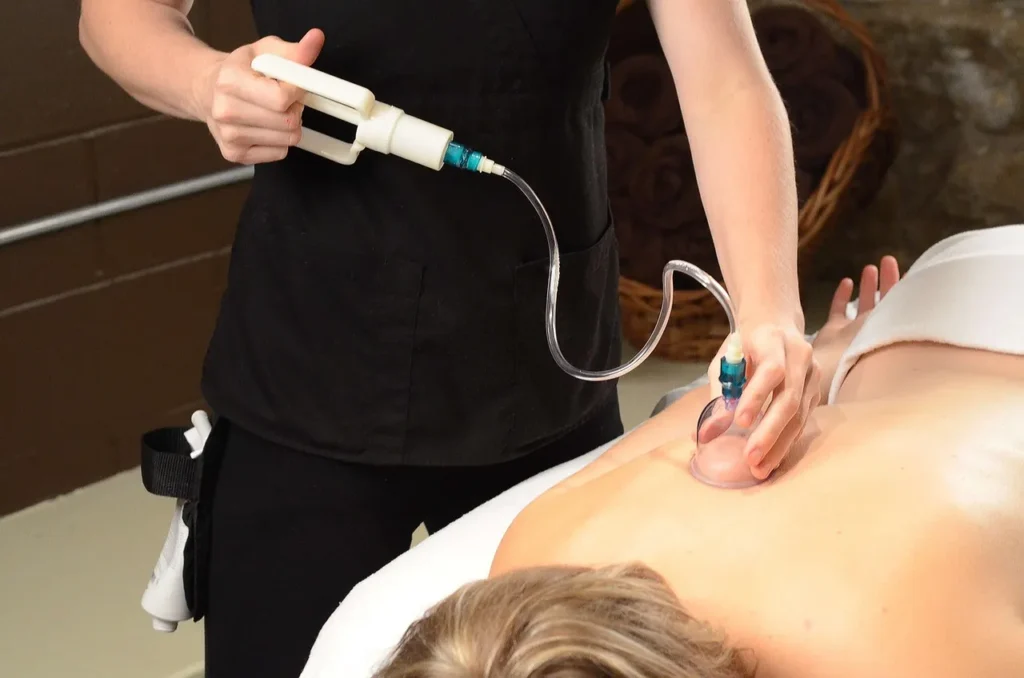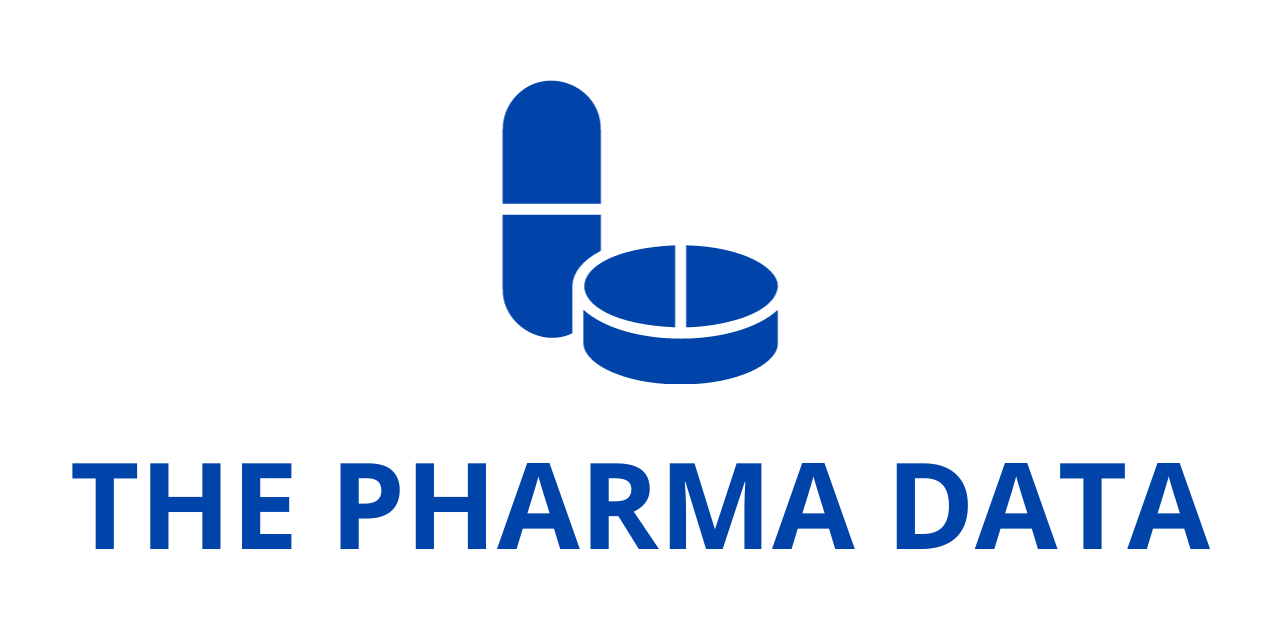
Stoke Therapeutics Reports Third Quarter 2025 Results and Highlights Clinical and Corporate Progress Toward Transformational RNA Medicines
Stoke Therapeutics, Inc. (Nasdaq: STOK), a biotechnology company pioneering the use of RNA-based medicines designed to restore healthy protein levels, announced its financial results for the quarter ended September 30, 2025, along with a series of strategic clinical and corporate updates. The company’s lead candidate, zorevunersen, continues to advance as a first-in-class, potentially disease-modifying therapeutic for Dravet syndrome, a severe and life-long genetic epilepsy affecting children.
Management indicated that steady operational momentum in 2025—highlighted by strong clinical execution, growing clinical data highlighting the drug’s differentiated profile, and increasing regulatory engagement—has placed the company firmly on a path toward growth and potential commercialization.
CEO Highlights Strong Clinical Execution and Strategic Positioning
Ian F. Smith, Chief Executive Officer and Director of Stoke Therapeutics, emphasized that the company’s development trajectory has accelerated significantly in 2025. He noted that the organization continues to deepen its understanding of the debilitating course of Dravet syndrome, a disease characterized not only by treatment-resistant seizures but also by profound cognitive and behavioral impairments.
Smith highlighted that recent Phase 1/2 clinical data gathered over four years of observation indicate that zorevunersen may have disease-modifying properties. These findings differentiate the therapy from currently marketed options, most of which focus narrowly on seizure reduction without meaningfully addressing learning, developmental, or behavioral deterioration seen in many patients.
According to Smith, the Phase 3 EMPEROR study, initiated only months prior, has already surpassed meaningful operational benchmarks. More than 20 participants have been randomized into the trial, and approximately 35 additional patients have entered the mandatory screening window that precedes randomization. Investigators worldwide have identified more than 150 individuals as eligible or potentially eligible for participation.
Smith also underscored that increasing volumes of clinical data presented at medical meetings are contributing to broader medical and scientific acceptance of zorevunersen’s therapeutic potential. The company plans to meet with the U.S. Food and Drug Administration (FDA) before the end of 2025 to review four years of supporting clinical evidence. Given the Stoke candidate’s Breakthrough Therapy Designation, Stoke will discuss with the agency which regulatory mechanisms may be leveraged to expedite approval, thus enabling timely access for patients in need.
The CEO also noted that strengthened financial resources have enabled Stoke to scale internal capabilities in anticipation of potential commercial launch and to simultaneously expand its research pipeline in adjacent neurological and genetic disorders, including Autosomal Dominant Optic Atrophy (ADOA) and SYNGAP1-related disease.
Third Quarter 2025 Business and Clinical Updates
Zorevunersen Development Progress: Dravet Syndrome
Dravet syndrome is a catastrophic form of epilepsy caused primarily by variants in the SCN1A gene. Children with the condition face recurrent, severe seizures as well as impairments in motor, cognitive, and behavioral development. Treatment options remain limited, and no disease-modifying therapies are currently available.
Zorevunersen is designed to increase expression of the functional SCN1A protein, addressing the root cause of disease.
Global Phase 3 EMPEROR Trial Advancement
The company reported that its global Phase 3 study, named EMPEROR, continues to actively recruit across key markets. Patient enrollment is Stoke ongoing in the United States, the United Kingdom, and Japan, with European patient sites expected to open during the first half of 2026.
As of late October 2025:
- More than 20 patients had been randomized into treatment or sham arms.
- Approximately 35 additional individuals have entered the eight-week screening period required prior to randomization.
- Over 150 potential candidates had been identified by clinical investigators worldwide.
These trends support Stoke’s expectation that EMPEROR recruitment will continue to accelerate into 2026.
New Two-Year CNS Data Demonstrate Continued Patient Improvement
At the 54th Child Neurology Society (CNS) Annual Meeting in October, the company presented important two-year follow-up results evaluating cognitive and behavioral function. The data were generated to assess whether the dosing approach used in Phase 3 would deliver long-term functional benefit.
Results showed meaningful and continued improvement across multiple domains, contrasting sharply with outcomes reported in a two-year natural history analysis of patients receiving standard of care only, who demonstrated minimal cognitive change. These Stoke findings reinforce the potential of zorevunersen not only to reduce seizures but also to modify the course of cognitive decline.
Clinicians and caregivers reported enhanced clinical status in 95% of individuals (n=19) enrolled in the ongoing open-label extension (OLE), further substantiating the drug’s potential broad benefit profile.
Three-Year Safety and Efficacy Data Presented at IEC
At the 36th International Epilepsy Congress (IEC) in September, Stoke shared three-year data from OLE participants previously enrolled in the early-stage Phase 1/2a clinical program. Zorevunersen continued to demonstrate a favorable safety profile, with no new or unexpected safety signals emerging.
Efficacy improvements observed during early therapy were maintained through long-term follow-up:
- Durable reductions were observed in major motor seizure frequency, even when patients remained on standard anti-seizure therapies.
- Participants also showed continued improvements in cognition and behavior, a promising signal that underscores zorevunersen’s potential disease-modifying mechanism.
These results support advancement into late-stage trial development and regulatory interactions.
Upcoming Data at AES 2025
The company will present further clinical updates at the American Epilepsy Society (AES) 2025 Annual Meeting in early December. This Stoke venue is expected to provide broader visibility of long-term functional endpoints and data supporting clinical durability.
FDA Meeting Expected by Year End
Stoke confirmed that its clinical team is preparing for a scheduled regulatory meeting with the FDA before the end of 2025. During this interaction, the company will review four years of safety and efficacy results and discuss pathways toward accelerated approval under its Breakthrough Therapy Designation.
Discussions will center on how the agency and company can jointly collaborate to reduce the regulatory timeline and broaden access for patients with high unmet need.
Pipeline Expansion and Corporate Activity
While zorevunersen remains the company’s primary focus, Stoke continues to expand its clinical and pre-clinical pipeline, leveraging its RNA-based technology platform to design genetic medicines for diseases with limited or no available therapies.
STK-002 in Autosomal Dominant Optic Atrophy (ADOA)
On the same day as its earnings announcement, Stoke confirmed that patient enrollment has begun in the Phase 1 OSPREY trial evaluating STK-002, a Stoke candidate engineered to address Autosomal Dominant Optic Atrophy. ADOA is the most prevalent inherited optic neuropathy and leads to progressive vision loss due to degeneration of retinal ganglion cells.
Key milestones:
- Phase 1 enrollment has started in the United Kingdom.
- Authorization from the European Medicines Authority has been received.
- Additional European trial sites are expected to open in early 2026.
In October, Stoke also presented 24-month natural history data from the FALCON study at the American Academy of Ophthalmology (AAO) 2025 Meeting. These insights highlight the progression and biological underpinnings of ADOA, helping inform the STK-002 clinical strategy.
SYNGAP1 Candidate Advancement
Stoke is also developing a therapeutic candidate targeting SYNGAP1, a rare neurodevelopmental disorder characterized by significant developmental delay, intellectual disability, and epilepsy.
The company reported that lead optimization activities are ongoing, with a potential clinical candidate expected to be finalized in 2026.
Leadership Update
The company announced that in October, the Board of Directors appointed Ian F. Smith as Chief Executive Officer, following his appointment as Interim CEO in March 2025. Smith has served the company as an advisor and board member since 2023.
At the same time, Arthur Tzianabos, Ph.D., transitioned back to the role of Chairman after serving as Executive Chairman during the CEO search.
Third Quarter 2025 Financial Results
Stoke reported strong financial performance and a liquidity position enabling continued clinical and operational investment.
Liquidity Position
As of September 30, 2025:
- Cash, cash equivalents, and marketable securities totaled $328.6 million.
- This cash runway is expected to fund operations into mid-2028, supporting late-stage development and commercial planning for zorevunersen.
Following the quarter, Stoke raised approximately $48.7 million through the sale of 1.8 million shares of common stock under a Controlled Equity Offering Sales Agreement, further bolstering capital reserves.
Revenue Performance
- Revenue for Q3 2025 totaled $10.6 million, an increase from $4.9 million in Q3 2024.
- The $5.7 million increase reflects contractual obligations and activity related to partnerships with Biogen and Acadia.
- Activities related to the Biogen collaboration contributed an additional $6.7 million, partially offset by $1.0 million in reductions tied to the Acadia agreement.
Net Loss
Stoke reported:
- Net loss of $38.3 million, or $0.65 per share, compared to a loss of $26.4 million, or $0.47 per share, during Q3 2024.
The year-over-year increase reflects greater investment in late-stage R&D programs.
Expenses
- R&D expenses were $37.7 million, up from $22.2 million in Q3 2024. The rise was attributed to higher personnel and broader development activities for zorevunersen.
- SG&A expenses were $16.0 million, up from $12.7 million in Q3 2024, in line with personnel expansion and commercialization readiness activities.
Year-to-Date 2025 Financial Results
For the first nine months of 2025:

- Revenue reached $183.0 million, up sharply from $13.9 million in the same period of 2024. The $169.1 million increase was driven primarily by Biogen collaboration revenue.
- Net income totaled $51.0 million, or $0.85 per diluted share, compared with a net loss of $78.5 million in the same period in 2024.
- R&D expenses rose to $96.2 million, up from $65.7 million in 2024, again reflecting ongoing product development and trial expansion.
- SG&A expenses totaled $45.9 million, up from $36.0 million, driven largely by commercialization planning and increased staffing.
Upcoming Investor Webcast
Stoke management will host a live webcast and conference call for investors and analysts on Tuesday, November 4, 2025, at 4:30 PM Eastern Time.
- The webcast will stream through the Investor Relations section of the company’s website.
- Research analysts seeking to participate in the Q&A session must register to obtain call-in details and a personalized access PIN.
- Other participants are encouraged to attend via the public listen-only webcast link.
- A replay will be archived for at least 90 days.
Stoke Therapeutics enters the final months of 2025 with growing momentum. The company’s lead program, zorevunersen, continues to build a robust clinical safety and efficacy profile and has advanced into late-stage development on a global scale. New clinical findings suggest the drug could become the first disease-modifying therapy for Dravet syndrome—an achievement that would reshape standards of care and offer meaningful improvements in quality of life for patients and families affected by this devastating disorder.
Strong financial footing, increasing regulatory engagement, expanding research programs, and new leadership stability further position the company for potential commercial readiness. With ongoing Phase 3 trial enrollment, anticipated regulatory discussions under Breakthrough Therapy Designation, and continued scientific presentations across neurology and genetics forums, Stoke appears poised to transition from a leading clinical-stage innovator into a fully integrated commercial biopharmaceutical enterprise.
About Dravet Syndrome
Dravet syndrome is a severe developmental and epileptic encephalopathy (DEE) characterized by severe, recurrent seizures as well as significant cognitive and behavioral impairments. Most cases of Dravet are caused by mutations in one copy of the SCN1A gene, leading to insufficient levels of NaV1.1 protein in neuronal cells in the brain. More than 90 percent of patients continue to experience seizures despite treatment with the best available anti-seizure medicines. Complications of the disease often contribute to a poor quality of life for patients and their caregivers.
Developmental and cognitive impairments often include intellectual disability, developmental delays, movement and balance issues, language and speech disturbances, growth defects, sleep abnormalities, disruptions of the autonomic nervous system and mood disorders. Compared with the general epilepsy population, people living with Dravet syndrome have a higher risk of sudden unexpected death in epilepsy, or SUDEP. Dravet syndrome occurs globally and is not concentrated in a particular geographic area or ethnic group. Currently, it is estimated that up to 38,000 people are living with Dravet syndrome in the U.S. (~16,000), UK, EU-4 and Japan.1
About Zorevunersen
Zorevunersen is an investigational antisense oligonucleotide that is designed to treat the underlying cause of Dravet syndrome by increasing functional NaV1.1 protein production in brain cells from the non-mutated (wild-type) copy of the SCN1A gene. This highly differentiated mechanism of action aims to reduce seizure frequency beyond what has been achieved with anti-seizure medicines and to improve neurodevelopment, cognition, and behavior. Zorevunersen has demonstrated the potential for disease modification and has been granted orphan drug designation by the FDA and the EMA.
The FDA has also granted zorevunersen rare pediatric disease designation and Breakthrough Therapy Designation for the treatment of Dravet syndrome with a confirmed mutation not associated with gain-of-function, in the SCN1A gene. Stoke has a strategic collaboration with Biogen to develop and commercialize zorevunersen for Dravet syndrome. Under the collaboration, Stoke retains exclusive rights for zorevunersen in the United States, Canada, and Mexico; Biogen receives exclusive rest of world commercialization rights.
About the EMPEROR Study
The EMPEROR Phase 3 Study (NCT06872125) is a global, double-blind, sham-controlled study evaluating the efficacy, safety and tolerability of zorevunersen in children ages 2 to <18 with Dravet syndrome with a confirmed variant in the SCN1A gene not associated with gain-of-function. Study participants are randomized 1:1 to receive either zorevunersen via intrathecal administration or a sham comparator for a 52-week treatment period following an 8-week baseline period. An open-label extension treatment period will allow all patients the opportunity to receive treatment with zorevunersen following the 52-week treatment period.
The primary endpoint of the study is percent change from baseline in major motor seizure frequency at week 28 in patients receiving zorevunersen as compared to sham. The key secondary endpoints are the durability of effect on major motor seizure frequency and improvements in behavior and cognition as measured by Vineland-3 subdomains, including expressive communication, receptive communication, interpersonal relationships, coping skills and personal skills. Additional endpoints include safety, Clinician Global Impression of Change (CGI-C), Caregiver Global Impression of Change (CaGI-C), EuroQol Visual Analog Scale (EQ-VAS) and the Bayley Scales of Infant Development (BSID-IV). EMPEROR has initiated in the United States, United Kingdom, Japan and is planned for Europe. For more information on the EMPEROR study, please visit https://www.emperorstudy.com/ and https://clinicaltrials.gov/study/NCT06872125.
About Autosomal Dominant Optic Atrophy (ADOA)
ADOA is the most common inherited optic nerve disorder. It is a rare disease that causes progressive and irreversible vision loss in both eyes starting in the first decade of life. Severity can vary and the rate of vision loss can be difficult to predict. Roughly half of people with ADOA fail driving standards and up to 46% are registered as legally blind. More than 400 different OPA1 variants have been reported in people diagnosed with ADOA. ADOA affects approximately one in 30,000 people globally with a higher incidence in Denmark of one in 10,000 due to a founder effect. Currently there is no approved treatment for people living with ADOA.
Source Link:https://www.businesswire.com/




